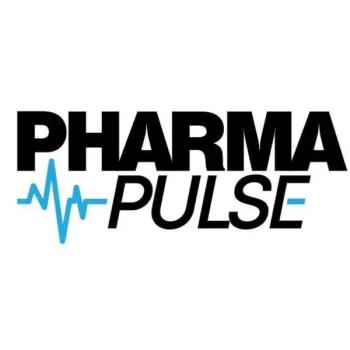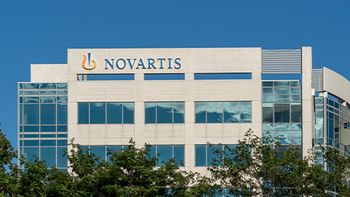
- Pharmaceutical Commerce - September/October 2011
Biosimilar commercialization will be more like new branded drugs than generics, says Quintiles
Report focuses on the need for targeted clinical design, and commercialization strategies tailored to individual national markets
FDA is still working through the details of its biosimilar approval process, but as other nations forge ahead, and as manufacturers themselves begin a development process, some critical endpoints need to be addressed. So says Deepa Dahal, principal consultant at Quintiles (Research Triangle Park, NC), lead author of a new report, An Integrated Approach to Biosimilar Development & Commercialization. “Biosimilar development is a uniquely difficult endeavor,” he says. “Successful development and commercialization require a business strategy that integrates a regulatory strategic roadmap, commercial and market access considerations, and appropriate clinical strategy and trial design. And this strategy must be put into place in the very early stages of any biosimilar development program.”
For companies seeking a place in the biosimilars marketplace, these critical endpoints are:
* Identify the requisite regulatory stipulations for every market they intend to enter; * Address the various challenges in clinical development by identifying strategies to accelerate patient recruitment, selecting the right patient population and size to demonstrate similarity to the reference product—as well as to secure extrapolation to additional indications—and incorporating the right clinical endpoints; * Consider the commercialization strategy early in the development process to account for the variance in uptake of biosimilars, including establishing a concurrent workstream to assess physician and payer willingness to prescribe and pay for the potential biosimilar.
In the commercialization step, the report notes that “Because biosimilars differ from small-molecule generics by not being identical to the reference product, and the price differential is generally smaller (~20-50%), effective commercial strategies for biosimilars tend to be more similar to the strategies employed for a branded biologic versus those of generic products. These strategies may include effective market and KOL development, device improvements, and patient support programs. Additionally, the role of real-world patient data (i.e., post-marketing observational studies) becomes more important, as potential risks inherent to biologic products, such as immunogenicity, are not always immediately evident.”
Articles in this issue
about 14 years ago
A Roadmap to Optimizing Marketing Operationsabout 14 years ago
Fix the Drug Shortage Problem- Nowabout 14 years ago
HDMA distributor sales are up 4.6%, to $274.5 billion through 2010about 14 years ago
Next chapter in drug shortages debate focuses on independent wholesalersabout 14 years ago
UPS Healthcare Logistics announces new cold chain optionabout 14 years ago
Contract Packagers, 3PLs Vie for Pharma 'Kitting' Servicesabout 14 years ago
2011 Product Security Report: Back to the Futureabout 14 years ago
Drug shortages are opening the door to price gougingNewsletter
Stay ahead in the life sciences industry with Pharmaceutical Commerce, the latest news, trends, and strategies in drug distribution, commercialization, and market access.




